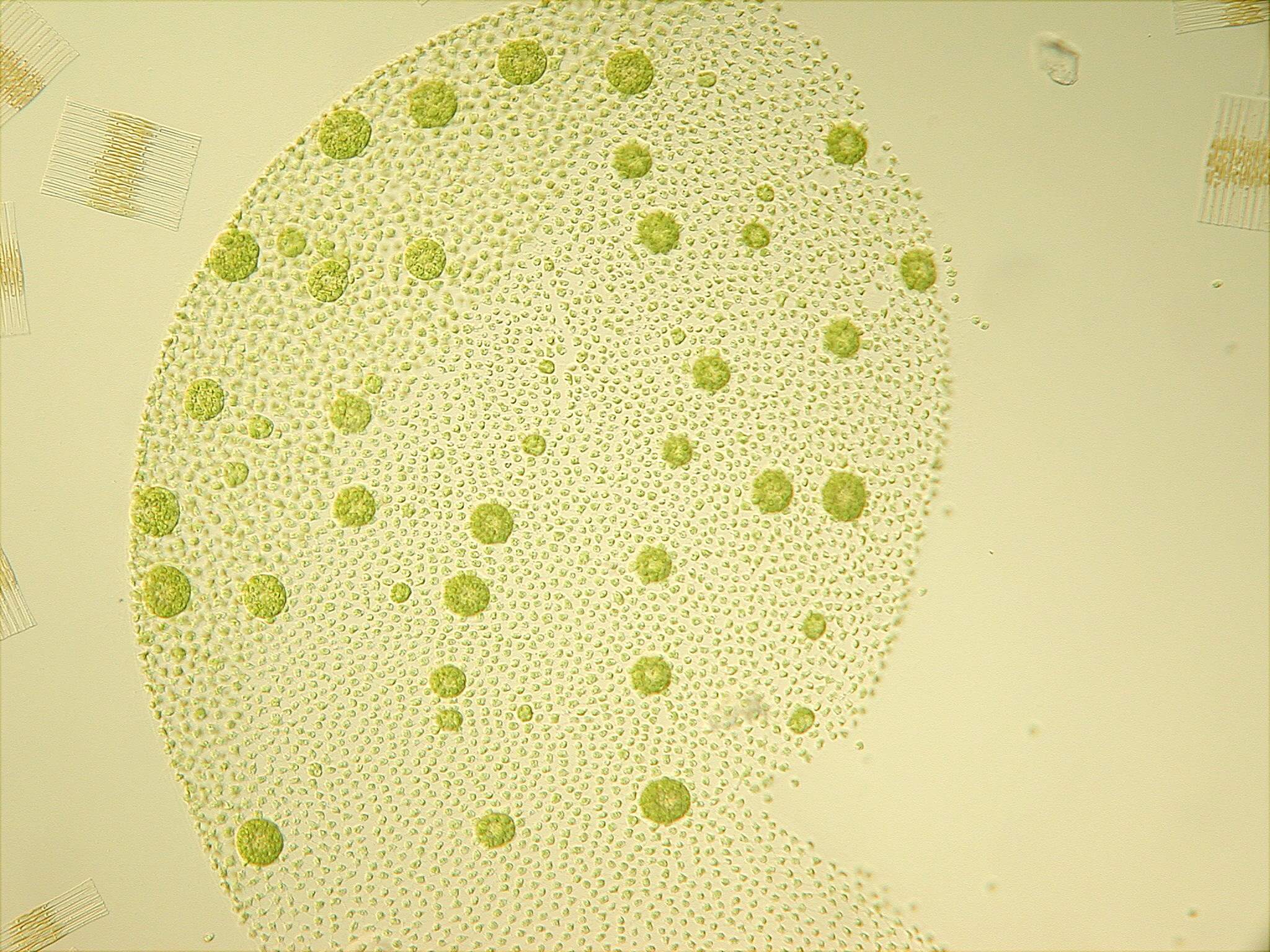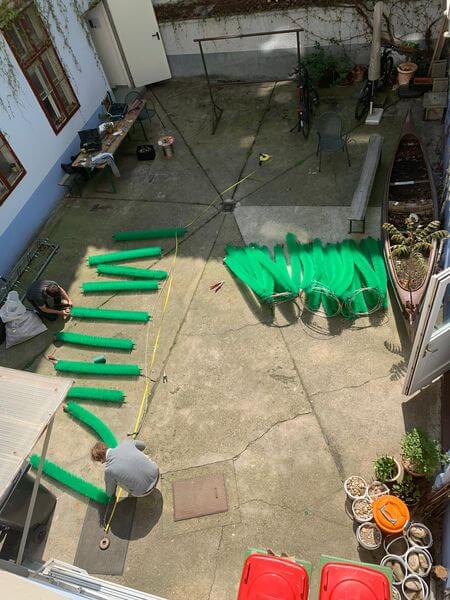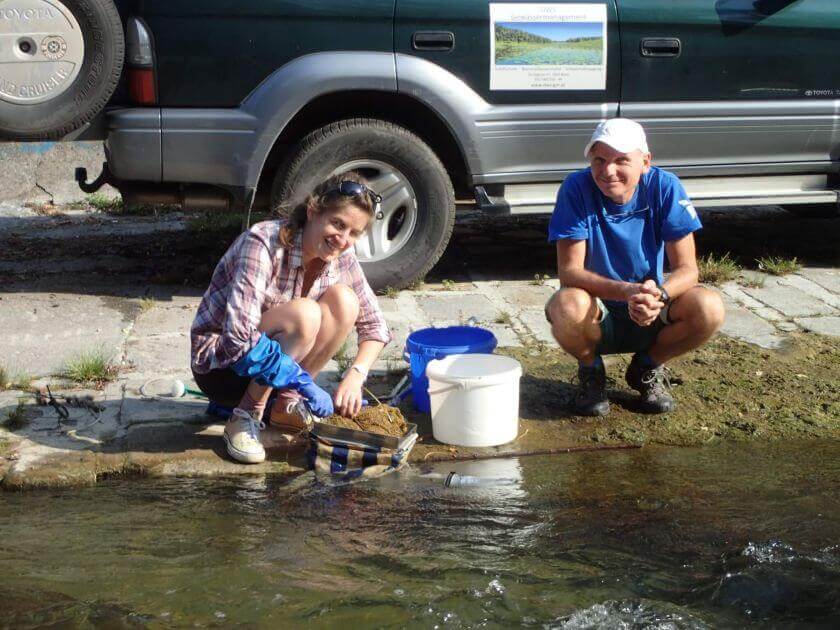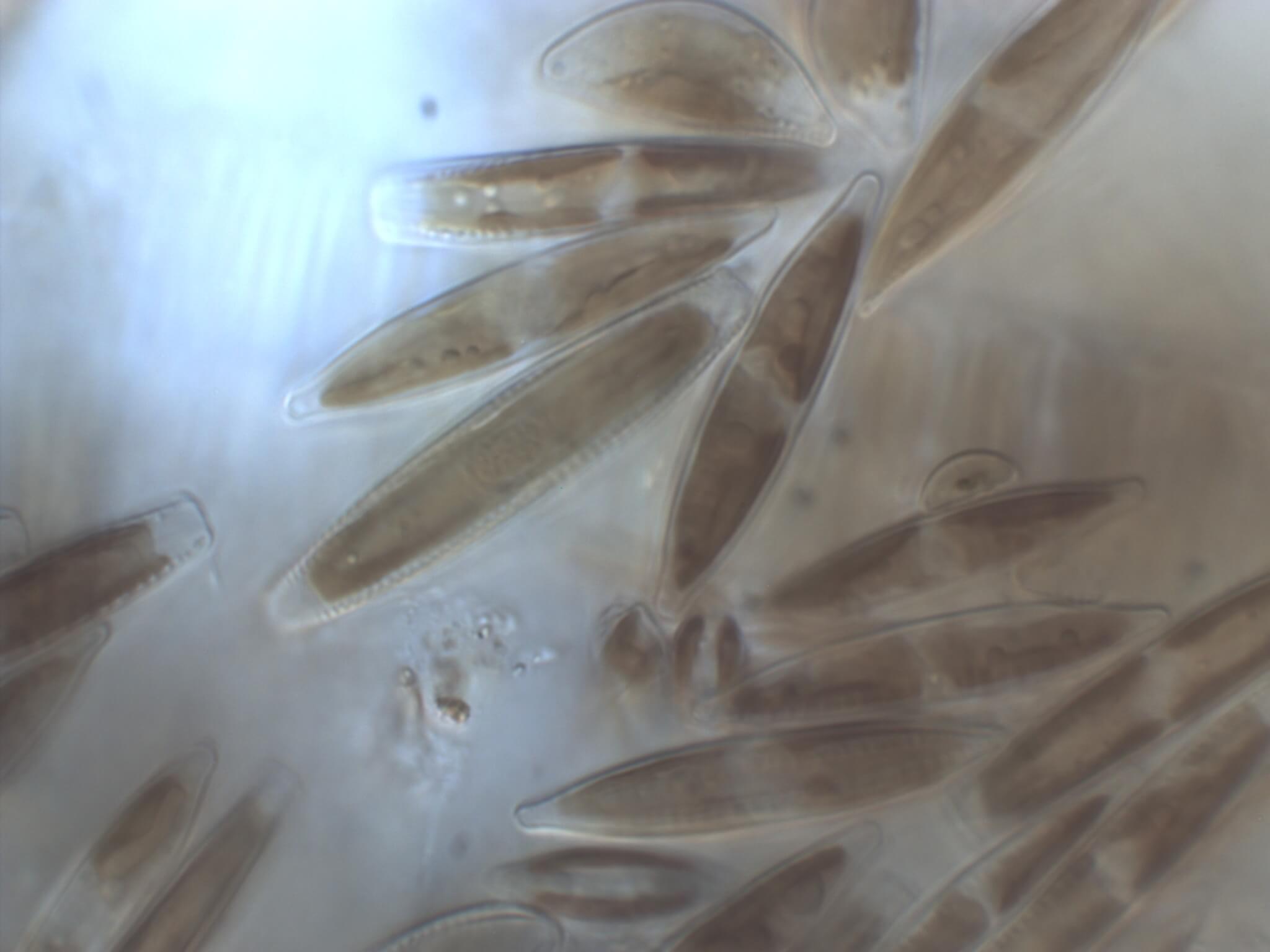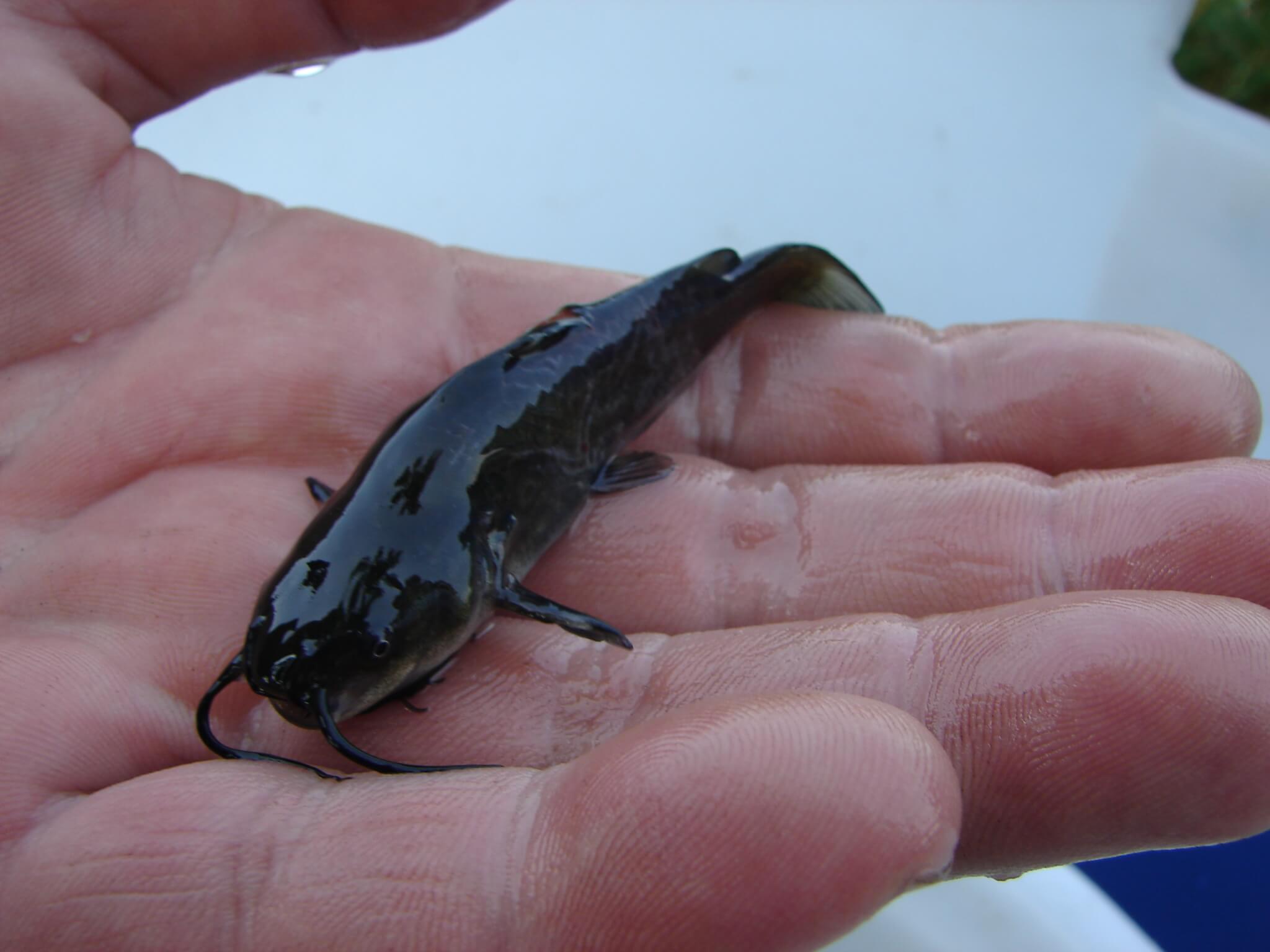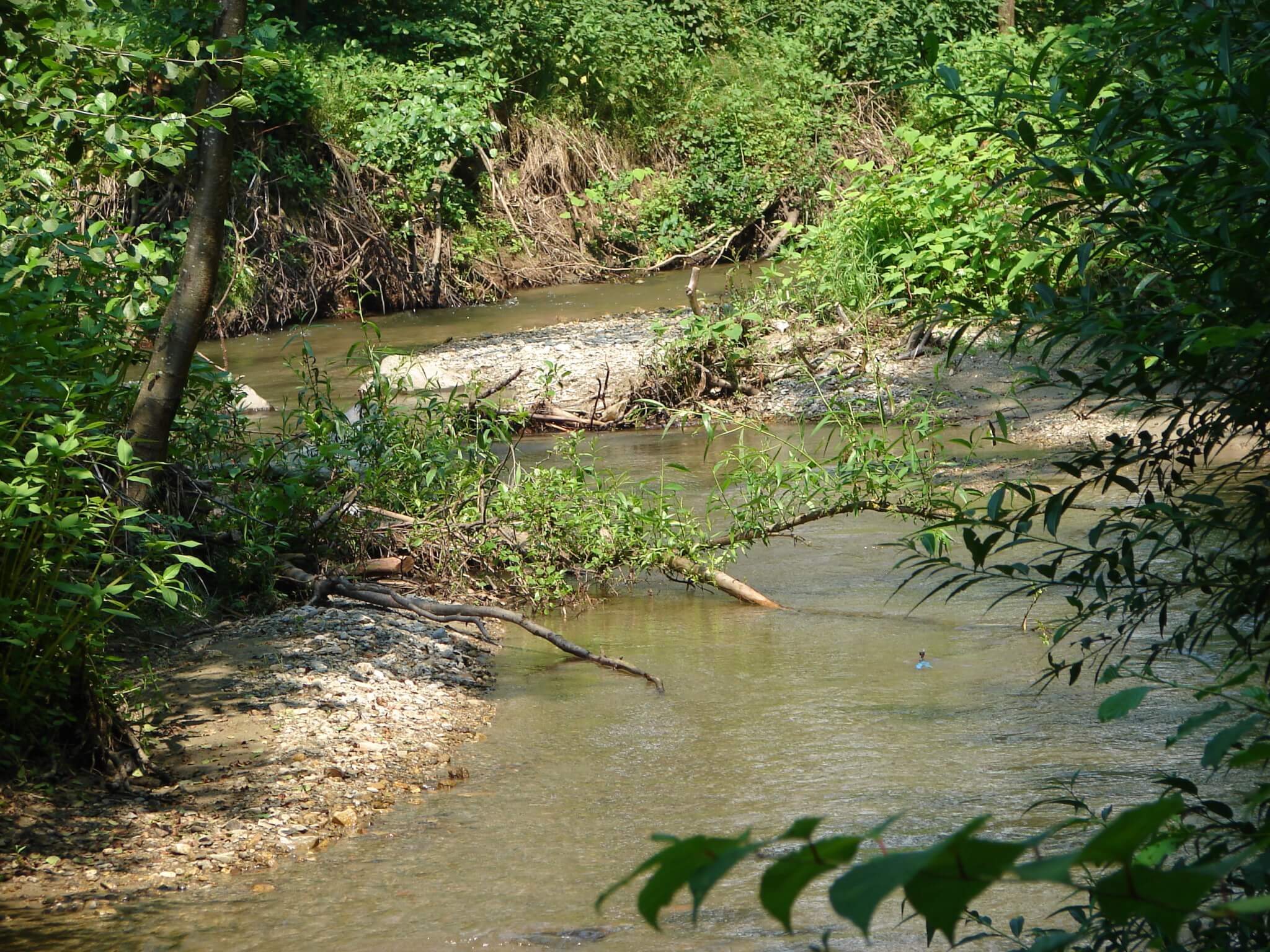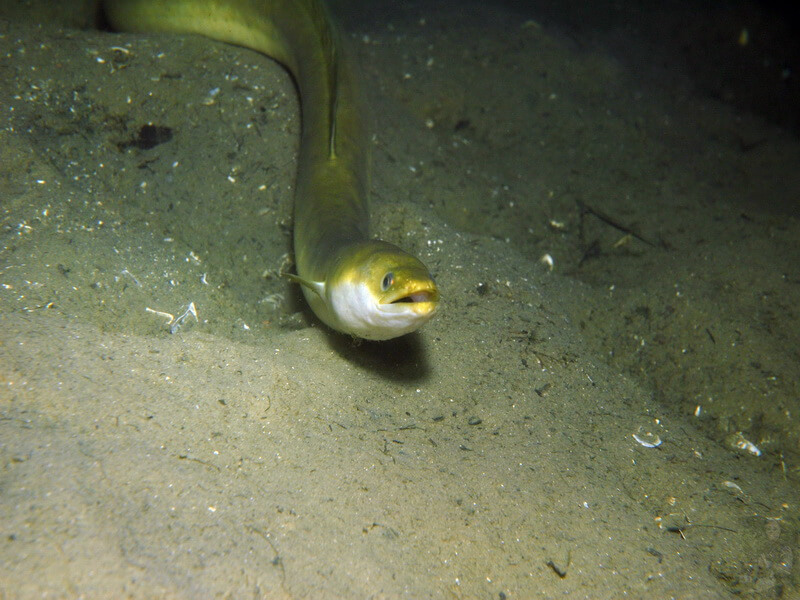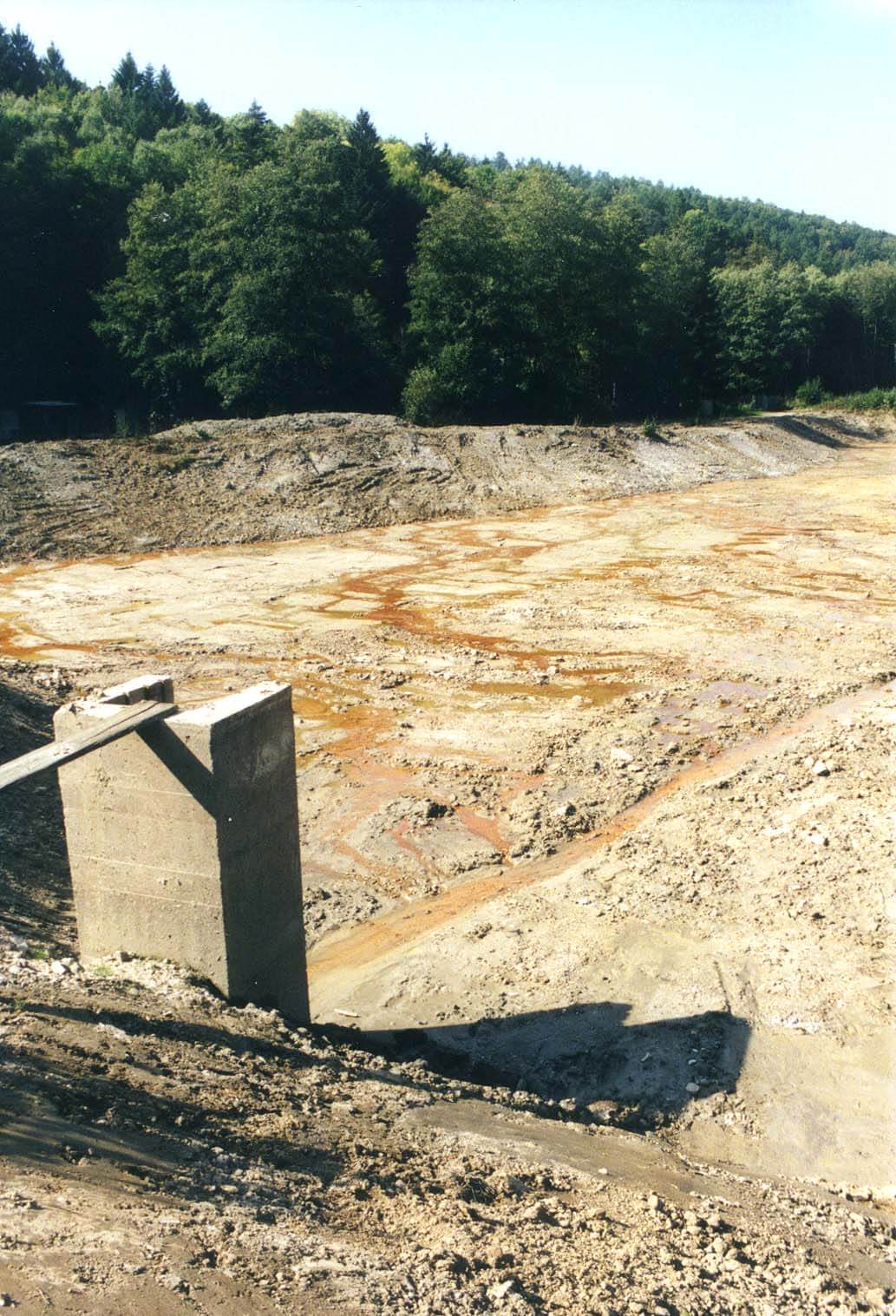
analytics & monitoring
analytics & monitoring
A profound knowledge of a water body is essential for an ecological assessment. Only a deep understanding of the interactions of environmental factors and biocoenoses enables the preparation of deficit analyses and the development of concepts for improving the ecological status of water bodies. Therefore, a detailed investigation of the aquatic life and the most important impact factors is at the beginning of a limnological analysis.
Streams

since 2002 preservation of evidence for reservoir drainage
Since 2002 DWS Hydro-Ecology has been carrying out biological preservation of evidence and sediment investigations for reservoir drainage. The effects of the drainage on the biological coenosis and the composition of the substrate in the downstream section are examined.
Clients: EVN, EnergieAG, Ennskraftwerke

since 1998 Investigations of impacts of sewage treatment plants in rivers
The ecological functioning of waterbodies describes their causal network between habitat and its organismic colonization. The use of water, for example for the discharge of waste water, should be in line with the ecological functioning. DWS Hydro-Ecology is a reliable partner for wastewater treatment associations and municipalities in the field of outsourcing, as it investigates the influence of the waste water discharge on the biological quality elements (macrozoobenthos and phytobenthos) as well as the chemical-physical parameters according to the specifications of the quality target regulation.
Clients: municiplaties, treatment plants, industry

since 1996 Monitoring of biological quality elements in compliance with the Austrian Water Law (WGEV, GZÜV)
The water status monitoring pursuant in accordance with GZÜV (formerly WGEV), which is anchored in the Austrian Water Law, is one of the main pillars of water protection in Austria and complies with the requirements of the EU Water Framework Directive. For many years, DWS Hydro-Ökologie has carried out the corresponding surveys on running waters from Vorarlberg to Burgenland. Examples are the assessments of the Austro-Hungarian border waterbodies on the basis of the biological quality elements macrozoobenthos, phytobenthos and fish, the recordings of macrophytes in Upper Austria or the phytoplankton counts on the large rivers Danube, March and Thaya.
Tasks: Fieldwork surveys, laboratory analyses (mikroskopy), assessments and ecological evaluations
Client: Federal ministry of agriculture and forestry, environment and water management, federal states

since 1995 Fish stock analyses in rivers
Electrofishing on watercourses forms the basis for ecological assessment, deficit analyses and concepts for measures. In many water management projects, fish are a central biological quality element for the assessment of possible impacts on the ecological status of surface water bodies. Over the last 25 years, DWS Hydro-Ecology has investigated numerous watercourses from the point of view of fish ecology, partly within the framework of the Water Status Monitoring Ordinance (GZÜV). Larger surveys were carried out on the Leitha, Wulka, Güns, Rabnitz, Raab, Erlauf and Kamp rivers. One focal area is Lafnitz, where electrofishing and trap controls on fish ladders have been carried out as part of a LIFE project 2004-2007 and since then as part of various nature conservation projects. The migratory behaviour of stocking fish has been studied by means of markings and with the help of local fishing clubs. For the NGP 2015, a comprehensive deficit analysis of the Lafnitz was prepared for the provinces of Styria and Burgenland.
Tasks: Field surveys, age analyses, ecological assessment, deficit analyses, planning of measures
Client: Federal provinces, energy providers, NGOs

2021-2024 Monitoring of macroinvertebrates in dangerous scours
As the use of deep scours by macroinvertebrates has not been studied well, a dangerous scour of the Danube was sampled by the use of an excavator in Hainburg in spring 2021. Furthermore the impact of scour security measures on macroinvertebrates needs to be studied in 2024.
Client: via donau

2014-2023 Influence of the otter on fish stocks in the river Lafnitz
Fish stocks in the river Lafnitz have been declining dramatically in the last years. The water status assessment of the Länder Burgenland and Styria observed a deviation from the required ecological status (EU Water Framework Directive) as the fish biomass in the near-natural section between the state border and Wolfrau was very low. A possible reason for the low biomass might be the predation pressure from otters. The aim of the project is an assessment of the otter as a stressor for fish populations in the Lafnitz. Permanent otter removal is intented to check whether, to what extent and over what period of time fish can recover.
Tasks: Fish ecological monitoring, public work
Client: Amt der Bgld. Landesregierung

2021 Spawning brushes in the Wienfluss
On behalf of the Stadt Wien so-called “spawning brushes” were installed in the Wienfluss, for fish that need aquatic plants for spawning such as rudd, roach or carp. Fish migrating from Donaukanal to the Wienfluss hardly find any aquatic vegetation to spawn from the river mouth to Stadtpark, therefore remedy was provided with spawning brushes.
Client: MA45 – Wiener Gewässer

2019 and 2021 Taxonomic analyses from rivers in Slovenia
In 2019 and 2021 DWS Hydro-Ecology analysed phytobenthos, macroinvertebrates, phytoplancton as well as zooplancton samples from Slovenia.
Client: Eurofins

2019-2020 RaabSTAT
Following the Raab survey from 2008/2009, a new investigation of the river Raab was carried out in 2019 and 2020, ranging from the upper reaches in Styria to the lower river stretch in Hungary. The work was part of a bilateral INTERREG project and was carried out in Austria in a consortium of Umweltbundesamt and DWS Hydro-Ecology. The project aim was to assess the ecological and chemical status of the river Raab.
Tasks: Field and lab work for phytobenthos and macrozoobenthos, fish-ecological assessment based on existing data
Client: Amt der Bgld. Landesregierung

2015-2021 Water management measures Traisen
As part of water management measures restoration of structures and passability for the Traisen near Pottenbrunn was implemented between level 13 and 17. To clarify the efficiency of the measures an ecological monitoring was carried out to estimate the good ecological potential and modelling data were checked with regard to stable river morphological development.
Tasks: Phytobenthos and macroinvertebrate investigations, reports
In ccoperation with ezb, TB Spindler
Client: Traisen Wasserverband

2020 Colonization sampling method Wienfluss
Heavily modified rivers with little natural substrate only show a limited possibility of colonization for macrozoobenthos organisms. For this reason, artificial substrate was placed in the heavily regulated section of the Wienfluss in order to gain an impression of which bottom fauna can establish under the prevailing saprobic conditions. The coenosis was removed with the substrate and analyzed with regard to the saprobic valences. In this way, the saprobic index in the longitudinal course of the Wien river was determined. Additionally the biological quality element Phytobenthos was sampled as well. The results from the colonization sampling method werde compared to parallel taken multi-habitat-samples (MHS).
Client: MA45 – Wiener Gewässer

2017-2020 Pollution status update in Lower Austria
DWS Hydro-Ecology updated the pollution status based on macrozoobenthos and phytobenthos for the watercourses in Lower Austria. The task based on data from the Landesmessstellen-investigations, GZÜV and WGEV and more recent data from sewage treatment plants. In a few cases, data from other projects were included as well. The data and classifications were compared with the data sheets in the NGP 2015 and WISA.
Client: Amt der Nö. Landesregierung

2011-2018 Diatom analyses from rivers in Eastern Germany
At irregular intervals, DWS Hydro-Ecology carries out taxonomic analyses of diatoms from rivers in eastern Germany.
Client: Centre for Environmental Research (UFZ)

2016-2017 Schwechat study
In 2015, DWS Hydro-Ecology was asked to carry out basic hydrological and limnological investigations in the river system of Schwechat and Baden Mühlbach. The aim of the study was to make a proposal for residual flow for the river Schwechat downstream of the ‘Helenenwehr’ in order to restore the river continuum. The analyses included flow measurements, calculations of chemical immission and hydrological modelling.
Client: Amt der NÖ Landesregierung

2011-2016 Monitoring of impacts of Bti on chironomids in the floodplains of Morava and Thaya
The aim of this study was the monitoring of possible impacts of Bti, which is used against mosquitoes in the Morava-Thaya floodplains, on other non-target organisms, especially non-biting midges or chironomids, one of the most important aquatic invertebrate groups in the water bodies studied. The results were published in a scientific journal (Link).
Client: Gelsenverein March-Thaya-Auen (according to the permit under Water Law)

2012 Evaluation of fish passes at the river Rabnitz
As part of the implementation of the EU Water Framework Directive, several fish passes were built on the river Rabnitz in central Burgenland in 2013. The aim was to restore the river continuum for migratory fish species.
Tasks: Fish-ecological monitoring (electro fishing, assessment, expert report)
Client: Amt der Bgld. Landesregierung

2012 Literature study on chloride
Each year, abour 271,000 tons of road salt are spread in Austrian for the winter service. The salt reaches soil, groundwater and surface waters without being retained or decomposed. For several years, DWS Hydro-Ecology has been dealing with potential impacts of salt contamination on the ecological integrity of the our waters. Based on own investigations, we prepared an extensive literature study on chloride in surface waters, which was published by the former Ministry of Life and can be downloaded on the Ministry’s website (Link).
Client: Federal Ministry of Agriculture and Forestry, Environment and Water Management

2008-2009 Raab survey
The Raab survey 2008/2009 was an extensive bilateral monitoring program at the river Raab between the source and the mouth. It was carried out for the Austrian-Hungarian Water Commission and involved various institutions such as the Federal Environment Agency Vienna, the University for Agriculture and private contractors. In cooperation with the consultant G. Woschitz, DWS Hydro-Ecology carried out an electro-fishing campaign between Wollsdorf and the state border, which formed the basis for fish-ecological asessments.
Tasks: Field work, assessment and reporting
Client: Federal Environment Agency Vienna

2006 Monitoring of cooling water discharge into the Danube River in Vienna
Rising temperatures resulting from global warming as well as discharges of cooling water are a significant risk for rivers. Over several years, DWS Hydro-Ecology investigated possible impacts from cooling water on the macrozoobenthos of the Danube River and abjacent oxbows lakes in the Lobau floodplain.
Client: Wienstrom GmbH

2001 Chemical-biological preservation of evidence of Kobersdorfer Mühlbach before the construction of the forest lake Kobersdorf
In 2001, a base study was carried out with regard to the construction of a forest lake near Kobersdorf. The aim of the work was a primary demonstration of macrozoobenthos of the Kobersdorfer Mühlbach upstream and downstream of the current construction site for the lake. The further processing and evaluation of these two samples was based on the “Guideline for the determination of the saprobiological water quality of running waters”. In addition, besides qualitative zoobenthos sampling of representative choriotopes, general documentation of the two sites and the measurement of physical-chemical parameters was conducted.
Client: Amt der Bgld. Landesregierung





